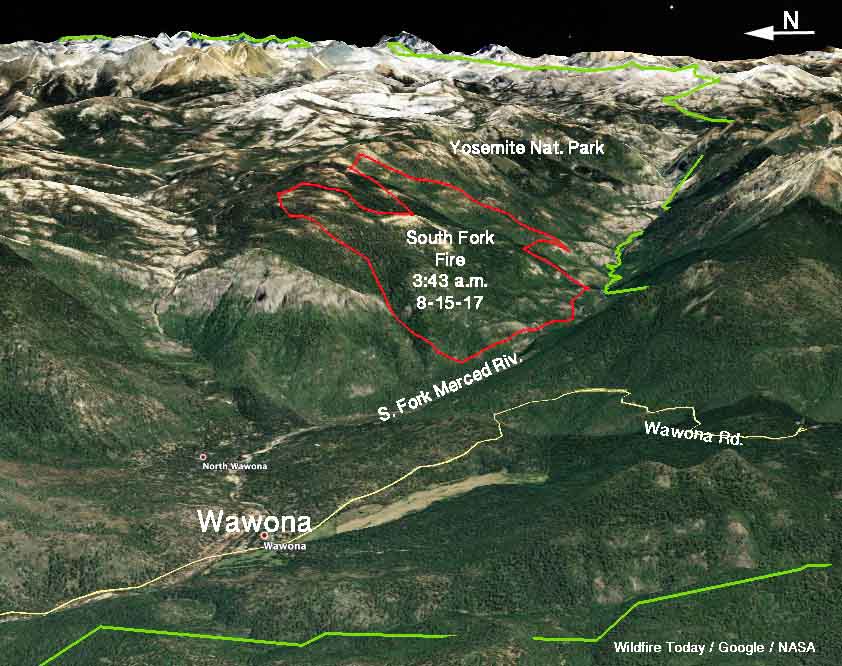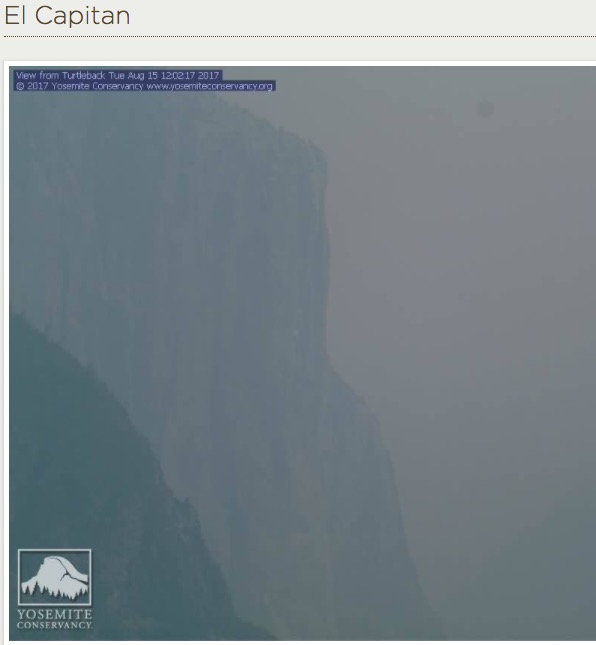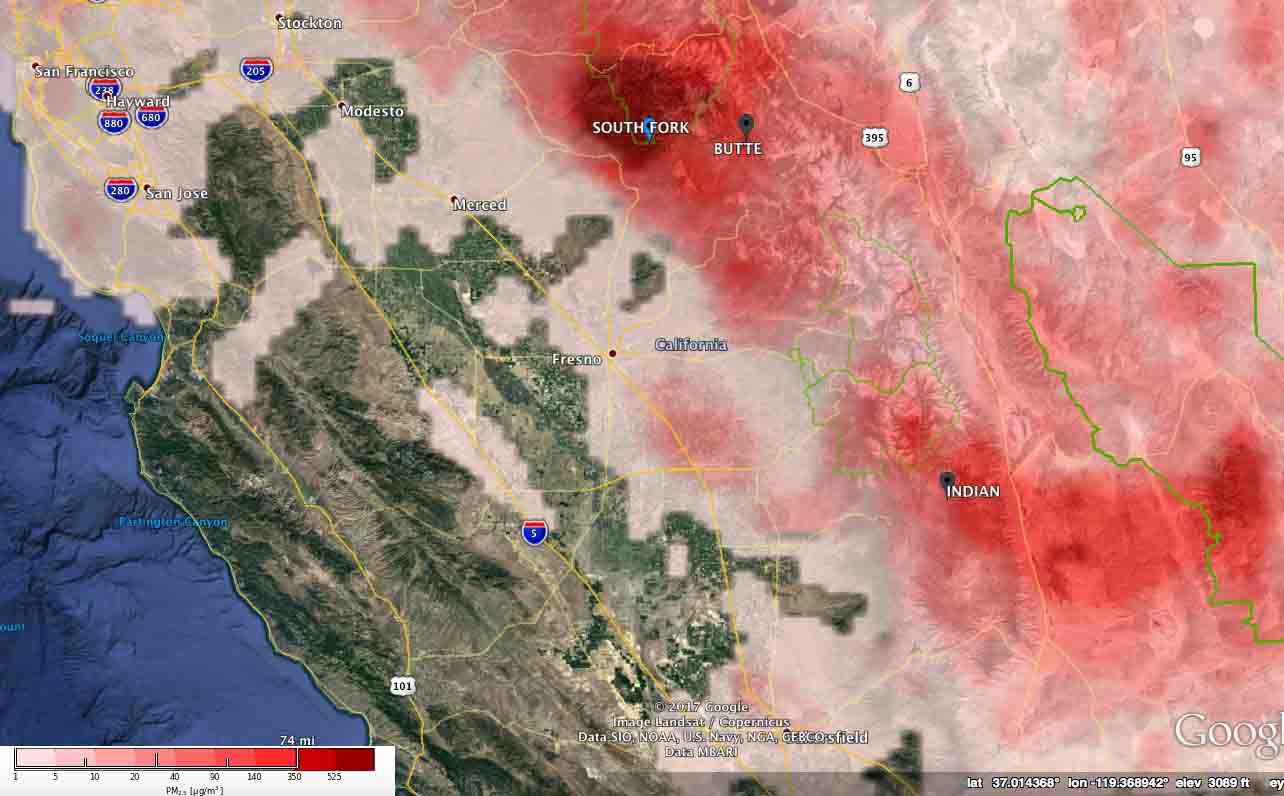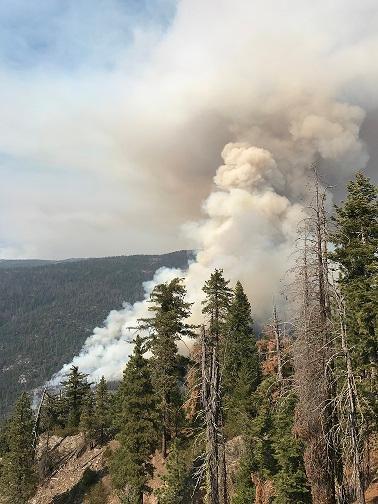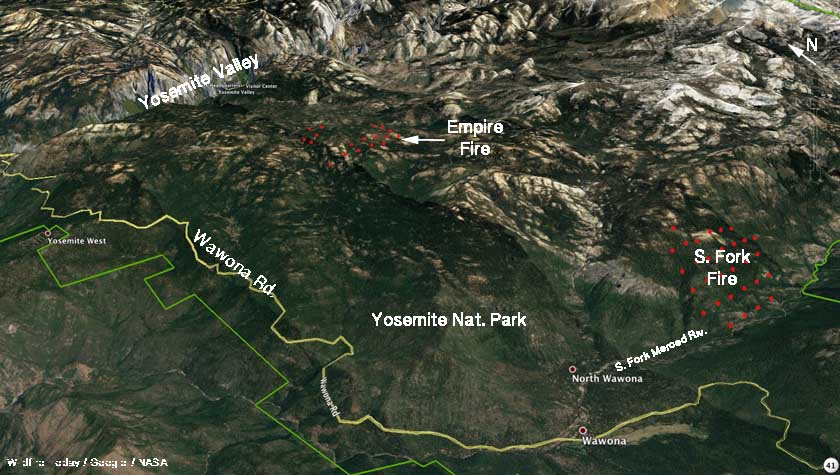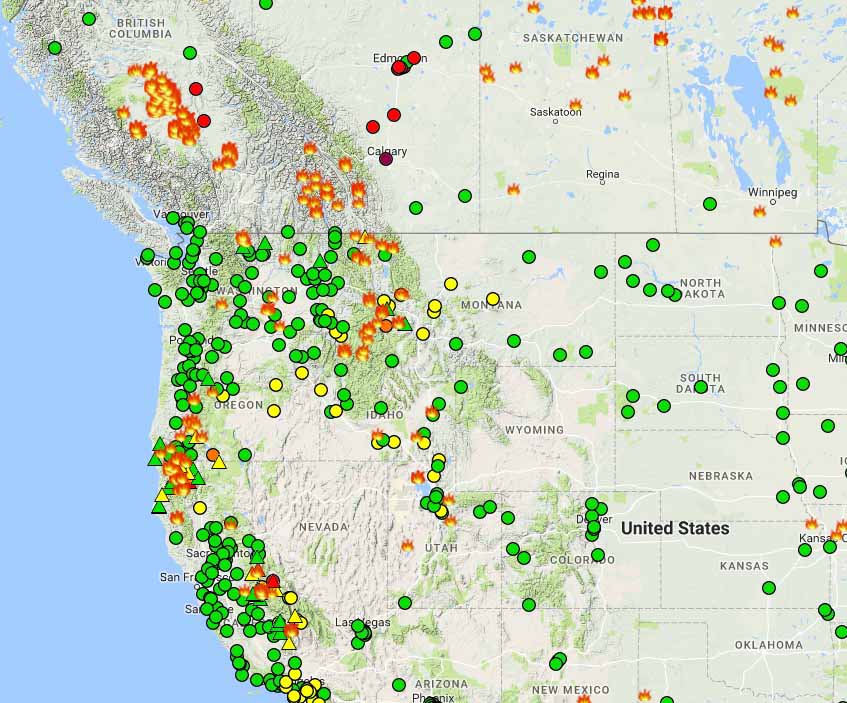He was given the option of transferring from Yosemite National Park to Denver, but decided to retire.
A week after the congressional hearing that included numerous examples of a hostile work environment at Yosemite National Park in California, the Superintendent of the park has been forced out of the park.
According to an email Superintendent Don Neubacher sent to all employees in the park at about 7 p.m. on September 28, during a discussion with the Regional Director “it was determined that new leadership was needed” in the park. He said he was offered a position in Denver serving as a “Senior Advisor to Michael Reynolds, Deputy Director for the National Park Service”, but since his home was in California he opted to retire. He will be on leave until the retirement is effective on November 1, 2016.
During the September 22 Congressional hearing it was revealed that at least 20 employees in Yosemite described the park as a hostile work environment as a result of the behavior and conduct of the park Superintendent.
Kelly Martin, the Chief of Fire and Aviation Management at Yosemite, was one of two current National Park Service employees categorized as whistleblowers that testified in the hearing before the House Committee on Oversight and Government Reform. The topic of the hearing was “misconduct and mismanagement in the National Park Service”.
She described three of her experiences with sexual harassment that occurred in the National Park Service and the U.S. Forest Service before she worked at Yosemite. In her oral and written testimony she also provided examples of incidents at Yosemite in which Superintendent Neubacher created or contributed to a hostile work environment.
We interviewed Chief Martin on September 30, and she wanted to make it clear that she was speaking a private citizen, was not a spokesperson for the NPS, and is not aware of any sexual harassment claims at Yosemite. She said that after the hearing some headlines reported sexual harassment at Yosemite, but the only allegations that came up in the hearing about Yosemite were regarding a hostile work environment. However several examples of sexual harassment were alleged at Yellowstone and Grand Canyon National Parks.
She said that dozens of people have reached out to her after learning what she did before Congress.
We asked her about what else has happened since her testimony:
The thing that is surprising is that post my testimony our Regional and National offices, our leadership in the Park Service, is taking the allegations of the hostile work environment complaints seriously. They have also dispatched the Department of the Interior’s Office of Inspector General to complete additional interviews. It sounds as if, I don’t know this for sure, that additional people are willing to come forward based upon my testimony, but they still fear retaliation.
There are a lot of women, and men too, that sent me emails thanking me for being so brave in coming forward addressing these issues. Women in particular … have not felt they’ve been able to come forward.
Nationwide people from all agencies, people I don’t even know, were responding, thanking me for my testimony. They have experienced very similar situations but never had the opportunity or the feeling that they could have come forward without fear of retaliation.
Hopefully it will spur some additional conversations with folks that watch your blog. Have we created hostile environments for women and minorities in our wildland fire communities? What are some good examples of some crews that are really integrated and have included women in their organization, and how difficult is it for them to get assignments and work their way up through the ranks? There’s the potential for a lot of really good topics out there. I think you’re the one to help with that.
